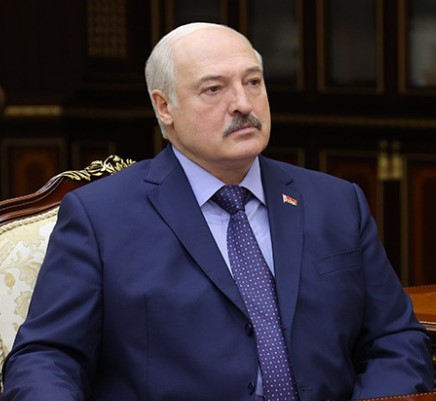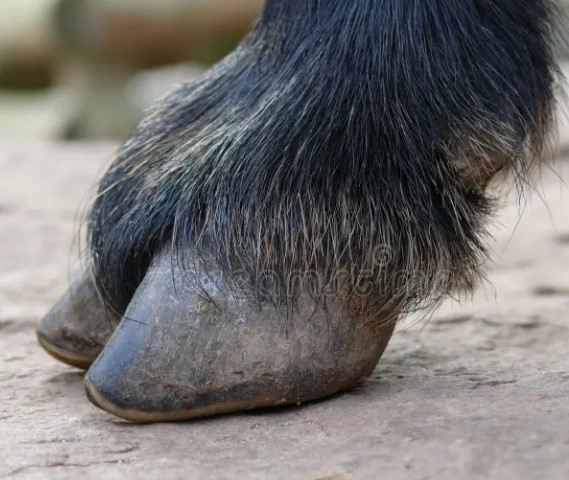Livestock prices hit historic highs in Wales

According to the latest market data published by Hybu Cig Cymru - MEAT Promotion Wales, sheep and cattle prices in Wales have reached an all-time high. Free-range lamb and beef prices have also been on an upward trend since early 2021, reaching levels well above the long-term average.
The current average price for premium lambs in Wales is nearly 15% higher than this time last year and more than 35% higher than the five year average price (week ending 20 March). The average for bulls in England and Wales for the week ending March 13 was the highest since 2013 - 14% more than last year - while heifers and young bulls were up 13% and 17% respectively compared to the same week in 2020.
Meat Promotion Wales (HCC) analyst Glesney Phillips explains that current prices are driven by three main factors. “Limited supply in both the domestic and global markets, coupled with changes in trading patterns as a result of Brexit and covid-19, and robust retail demand have all resulted in high prices for livestock farmers.”
The slaughter data indicates a weak supply in the market. Between May and December last year, the supply of lambs rose by 1.9% year-over-year, a likely result of Brexit uncertainty and high prices at the time. This has affected the supply in 2021 and resulted in a 13.5% reduction in the supply of lambs in January and February of this year.
Livestock deliveries in early 2021 were also limited. According to the British BCMS data for January, the number of cattle (without dairy females) aged 12 to 30 months decreased by 5% compared to the same period last year. Beef production figures for January and February reflect limited domestic supply, with production currently down 2.3% from 2020. Going forward, the supply of cattle aged 1 to 12 months (excluding dairy females) is projected to increase by 1.5% compared to last year, so supply is expected to recover in the coming months and in 2022.
“In addition to limited supply, trade patterns have also been disrupted by Brexit and covid, which continue to impact demand for red meat from the food service sector and EXPORT markets,” said Glesney Phillips. significantly lower than usual in early 2021, with imports also down. The January figures were affected by post-Brexit issues, as well as other factors such as pre-Brexit meat stockpiling and strong domestic demand.”
In January 2021, total UK imports of red meat (including fresh/frozen and offal) fell by 41.5% year-on-year, while exports were down 56.0%. In particular, trade with Ireland was disrupted, resulting in a reduction in imports of mutton and beef in January, while imports of mutton from Australia and New Zealand rose by 15.4% and 12.8%, respectively, compared with January last year.
On the contrary, retail demand was strong due to the pandemic forcing the UK population to stay at home, which has dramatically changed shopping and food habits. In the 12 weeks to 21 February 2021 retail beef spending increased 15.8% year-over-year to £1.2bn, while sales rose 12.7% driven by new buyers.
Read together with it:
- Парагвай: Экспорт субпродуктов является растущей отраслью и уже достиг 95,4 млн долларов СШАЭкспорт говяжьих субпродуктов в этом году значительно вырос. К концу августа выручка составила 95,4 млн долларов США по сравнению с 54,6 млн долларов США на тот же конец прошлого года. По данным SENACSA, в конце августа этого года было экспортировано 51 миллион килограммов мяса по сравнению с 33,7 миллиона килограммов на конец того же месяца прошлого года. Экспорт субпродуктов увеличился на 51,3%....
- Новые горизонты сотрудничества: Россия и Аргентина обсуждают совместный доступ на рынки продукции животного происхожденияОдной из ключевых тем конференции стал контроль за производством ветеринарных препаратов в Аргентине. Аргентинская сторона представила свою систему контроля, включающую Управление ветеринарных продуктов и Управление лабораторий животных. Эти организации обеспечивают высокие стандарты безопасности, так как каждая производственная единица подвергается проверкам каждые 3-5 лет и зарегистрирована в ин...
- С января по июль экспорт свинины из ЕС вырос на 1,6%На втором месте оказались Нидерланды с объёмом экспорта в 392 000 тонн. Дания экспортировала свинину в третьи страны с объёмом в 308 000 тонн, что примерно на 13% меньше, чем в предыдущем году. Германия экспортировала 180 000 тонн, что на 18% меньше, чем годом ранее. Это было обусловлено, главным образом, дополнительными ограничениями на экспорт, вызванными вспышкой ящура в начале года. Помимо зап...
- Московская область планирует нарастить мясное производство на 25% к 2030 годуВ Московской области более 100 предприятий уже выпускают около 305,000 тонн мяса, из которых значительная доля поступает от 19 ведущих производителей свинины и мяса птицы. Также в регионе реализуются два новых инвестиционных проекта: в Можайске строится утиная ферма на 125,000 птиц, а в Ступино — овцеводческое хозяйство на 11......
- В Кремле пообещали ответ на санкции сообразно интересам РоссииДмитрий Песков В Кремле начали анализировать введенные санкции для разработки ответных мер, заявил пресс-секретарь президента России Дмитрий Песков, передает корреспондент РБК. «В настоящий момент анализируются те санкции, которые определены. Будем делать то, что наилучшим образом соответствует нашим интересам», — сообщил Песков, отвечая на вопрос об ответных мерах России. 19-й пакет санкции Еврос...
- Zakharova promised "tough steps" in response to the 19th EU sanctions package.Maria Zakharova RUSSIA will respond harshly to the latest round of EU sanctions, Russian Foreign Ministry spokesperson Maria Zakharova stated on TELEGRAM . The EU previously adopted the 19th package of anti-Russian sanctions, which included a ban on the import of Russian LNG, new restrictions on oil companies, ships, banks, and the EXPORT of certain goods, as well as restrictions on the movement o...
- С начала года Московская область увеличила экспорт свинины на 35% в стоимостном выраженииМосковская область продолжает укреплять позиции одного из ведущих экспортеров продукции агропромышленного комплекса в России. По итогам 9 месяцев с начала года регион нарастил экспорт свинины на 35% по стоимости. В натуральном выражении объем поставок составил 85 тысяч тонн, что на 17% больше, чем за аналогичный период прошлого года. В Министерстве сельского хозяйства и продовольствия Московской о...
- Матричные РНК-вакцины от COVID продлили жизнь тяжелых раковых больныхМатричные РНК-вакцины против коронавируса продлили жизнь пациентам, больным раком в самой тяжелой, четвертой стадии, сообщает The Washington Post. К такому выводу пришли исследователи Онкологического центра имени М. Д. Андерсона Техасского университета и Университета Флориды. «Эти данные невероятно интересны, но они должны быть подтверждены в ходе третьего этапа клинических испытаний», — заявил од...





























































